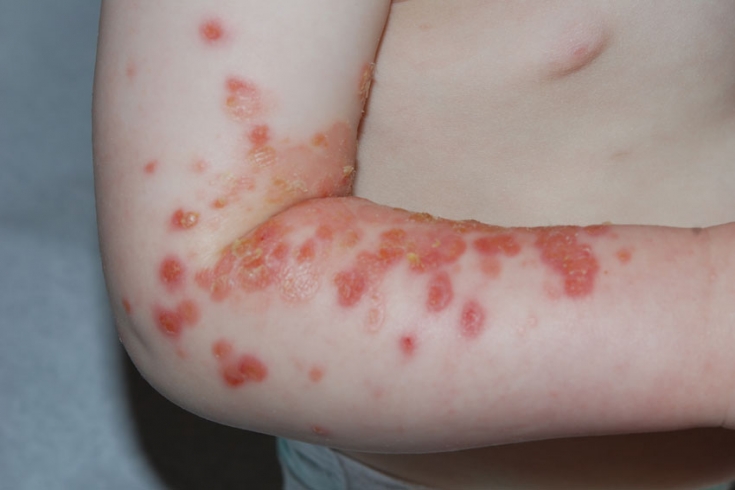Streptoderma in children is a common disease caused by infection with streptococcus. This opportunistic pathogen is persistent in the external environment and can cause damage to the skin, heart, joints and kidneys. Infection can occur by contact or airborne droplets. For children with a weakened immune system, a protracted course of streptoderma and frequent relapses of the disease are characteristic. Read more about the features of streptoderma in childhood on estet-portal.com in this article.
Risk factors for streptoderma in children
For the development of streptoderma, two prerequisites are necessary: the presence of the causative agent of the disease – streptococcus, and skin trauma. After streptococci enter the damaged area, they are activated and multiply.
Injured skin or mucous membranes lose their barrier properties, making them an open gateway for infection.
The development of streptoderma is also facilitated by the presence of chronic inflammatory diseases, prolonged skin contact with water, non-compliance with personal hygiene rules and reduced immunological reactivity. the main clinical symptoms of streptoderma in children;
• basic aspects of the treatment of streptoderma in children;
• effective methods of preventing streptoderma in children.
 For streptoderma in children, systemic changes are characteristic: fever, headache, nausea, vomiting, lack of appetite, pain in muscles and joints. Locally, on hyperemic skin, vesicles appear, which are filled with transparent contents. In the future, the elements of the rash dry out with the formation of a thin yellow crust. The appearance of exanthema is accompanied by severe itching, as a result - children comb the affected areas, spreading the pathological process even more. In laboratory tests for streptoderma, characteristic neutrophilic leukocytosis and an increase in the titer of antistrepitolysin-O.
For streptoderma in children, systemic changes are characteristic: fever, headache, nausea, vomiting, lack of appetite, pain in muscles and joints. Locally, on hyperemic skin, vesicles appear, which are filled with transparent contents. In the future, the elements of the rash dry out with the formation of a thin yellow crust. The appearance of exanthema is accompanied by severe itching, as a result - children comb the affected areas, spreading the pathological process even more. In laboratory tests for streptoderma, characteristic neutrophilic leukocytosis and an increase in the titer of antistrepitolysin-O.
Streptoderma in children necessarily requires etiological treatment, since it has a tendency to spread the process. Topical use of antiseptics such as hydrogen peroxide, brilliant green and fucorcin is recommended. Antibiotic ointments have a good effect. Systemic antibiotic therapy is carried out with penicillin preparations and is prescribed only for severe and complicated forms of the disease. Contact of affected areas with water contributes to a wider spread of rashes.
Effective methods of preventing streptoderma in children
Because streptoderma is quite contagious, it requires quarantine for up to ten days for those who have been in contact with a sick child.
During the treatment of streptoderma in children it is important to practice good personal hygiene to avoid the spread of infection and to prevent re-infection.
In general, the prevention of streptoderma in children is & nbsp; in observance of the rules of personal hygiene, the fight against chronic foci of infection, hardening and a full healthy diet.
See also:
Streptoderma is aggravated by washing and close contact with clothing









Add a comment